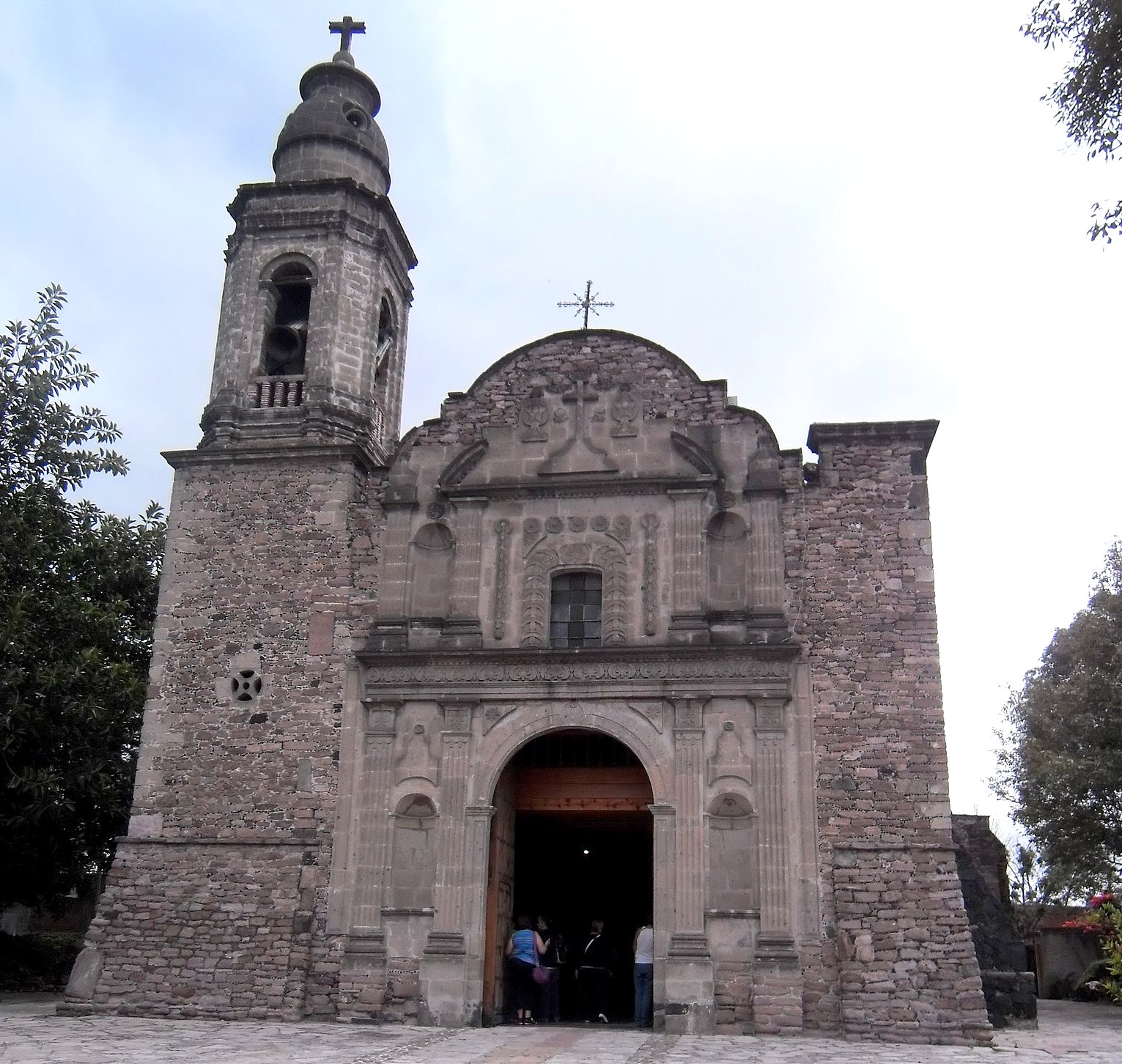
San Simón Pochtlan is one of the oldest Tepaneca neighborhoods in Azcapotzalco. Among 25 original settlements, it’s thought to have been settled between 1100 and 1200 CE. Today, San Simon is considered a barrio of the Centro Histórico, but the old town likely covered most of the area.
Excavations and studies published in 2015 revealed extensive burials in the area. There were also Early Postclassical housing units. These are thought to have been part of a civic ceremonial center. Excavations of the burials revealed earrings, masks, ear flares, obsidian bracelets and offerings like flutes, incense burners, candlesticks, pots, jars, bowls, plates, axes and points, and lots more. All of this suggests the people here were fairly high ranking.
The Nahuatl name “Pochtlan” suggests it was a neighborhood of merchants. Immediately adjacent to the Center of Azcapotzalco, it’s a fascinating and very different place.
Today’s Temple of San Simón y San Judas Tadeo is very likely built on top of an ancient ceremonial site. A Dominican construction, it’s believed to have been finished in 1579. The bell tower, the sacristy, the dome, and the main façade all date from the 18th century. One entranceway bears the date 1838. Restorations performed in 1978 brought the church back to nearly its original state.
Almost immediately behind today’s San Simón Pochtlan church is the Azcapotzalco Market. That will give explorers with experience a good idea of the traffic and commerce in the area. The church is a welcome respite. The atrium, unusually intact for its era, opens during most daylight hours.
 55 5561 0453
55 5561 0453

Nearest at 0.11 kms.
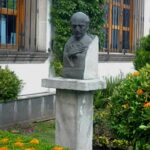
Nearest at 0.19 kms.
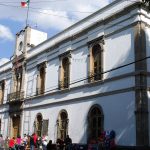
Nearest at 0.27 kms.
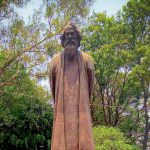
A sculpture honors the Bengali writer and philosopher who won 1913 Nobel Prize for Literature . . .
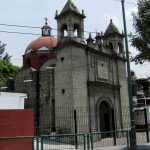
One of Azcapotzalco's ancient neighborhoods is remembered in a stone chapel.
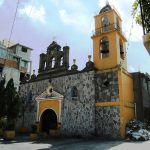
A crooked town center to one of Azcapotzalco's oldest settlements...
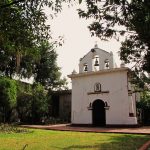
One of Azcapotzalco's original settlements....
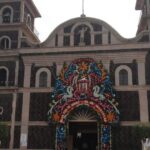
One of Azcapotzalco's original villages, Atenco has reclaimed its very old name.